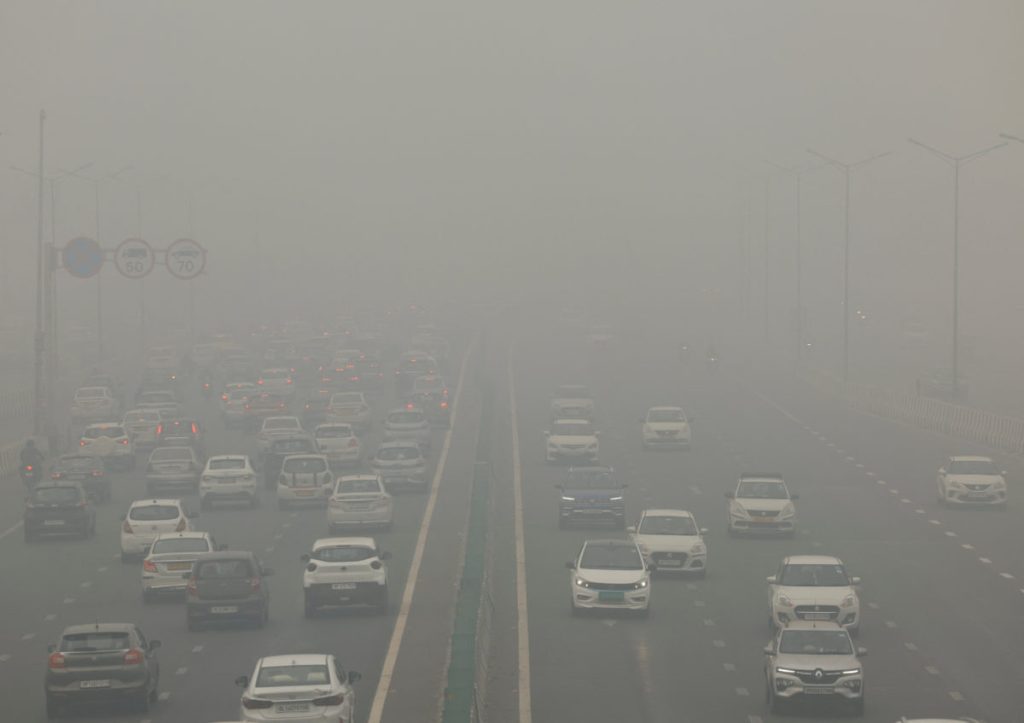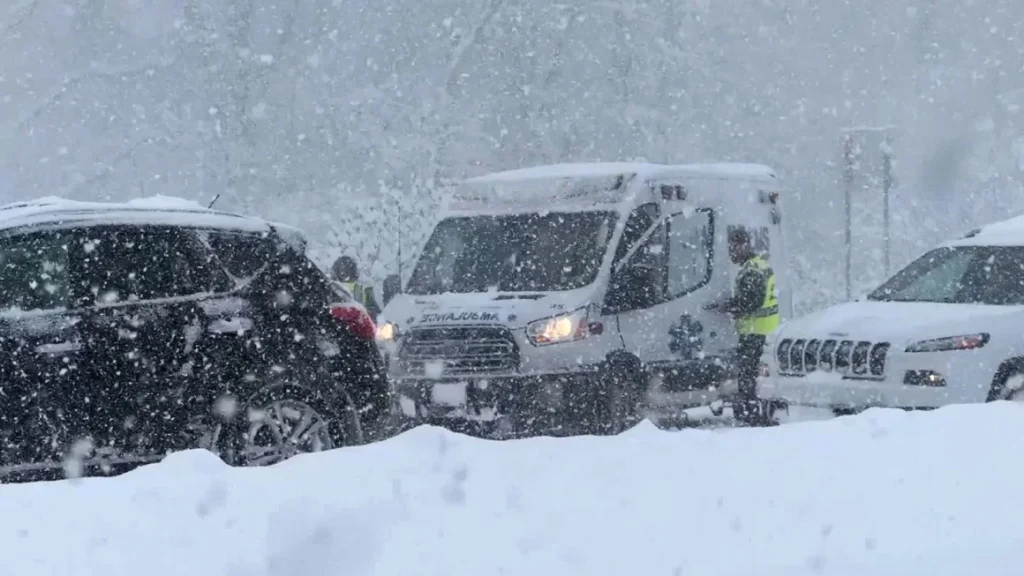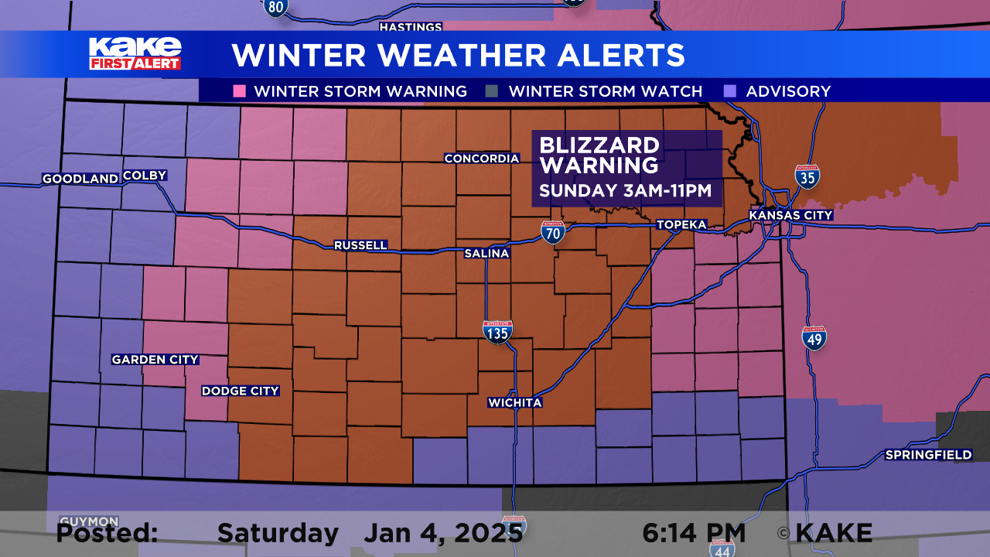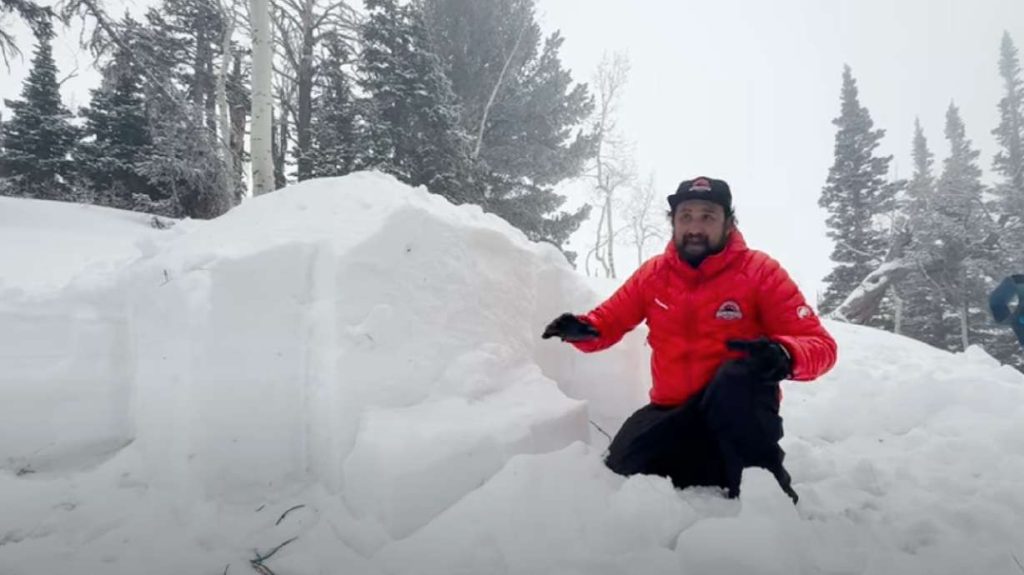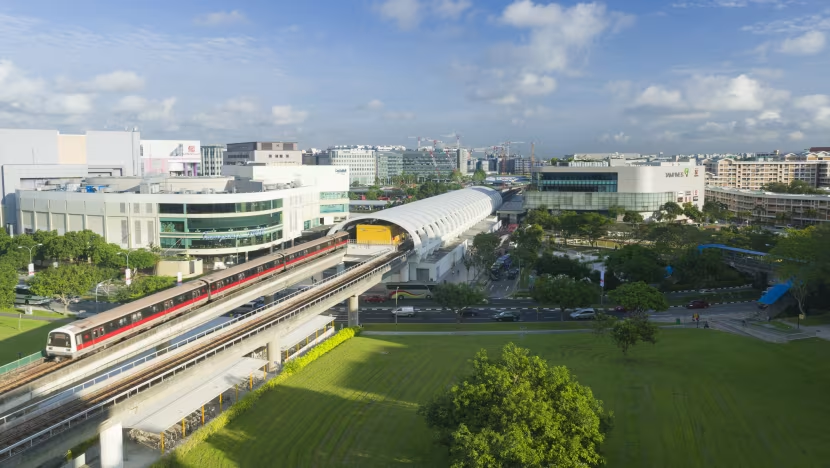Fog disrupts life and travel in northern India: Delhi
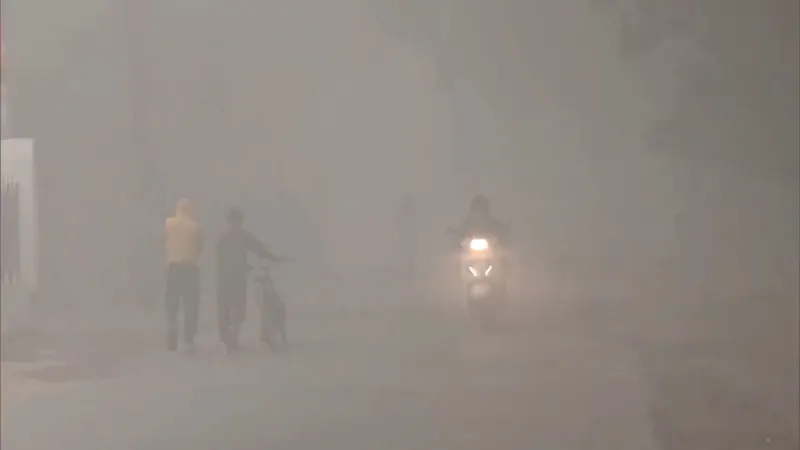
A thick layer of fog has caused widespread disruption across northern India, particularly affecting life and travel in the national capital, Delhi. The dense fog, a common occurrence during the winter months, has caused significant delays in air, rail, and road transport, while also posing health risks and making daily activities challenging for residents.
In Delhi, the fog has enveloped the city since early morning, reducing visibility to dangerously low levels. The dense smog has created hazardous conditions on major highways and roads, making it difficult for vehicles to navigate. Many commuters have reported delays in reaching their destinations due to slow-moving traffic and reduced visibility, which has prompted local authorities to issue advisories urging people to drive cautiously and stay indoors if possible.
The fog has also had a profound impact on air travel. Several flights to and from the Indira Gandhi International Airport were delayed or canceled as a result of poor visibility, affecting thousands of passengers. The situation at the airport remained chaotic for several hours, with passengers stranded and airlines scrambling to reschedule flights. Many travelers had to contend with long wait times and rescheduled departures, further exacerbating the inconvenience caused by the weather conditions.
Trains across northern India, particularly in Delhi and surrounding regions, were also severely impacted. A large number of trains were delayed or canceled, disrupting the daily routines of countless passengers who rely on rail services for travel. The dense fog obscured the tracks, making it difficult for train operators to maintain schedules safely. As a result, railway authorities had to reschedule services and issue warnings about potential delays. Passengers were advised to check their train status in advance and remain prepared for sudden schedule changes.
In addition to travel disruptions, the fog has raised concerns about air quality. During the winter months, Delhi and many parts of northern India frequently experience high levels of air pollution, which, when combined with fog, creates a hazardous mixture of smog. The thick haze in the air poses health risks, particularly to people with respiratory conditions, children, and the elderly. Medical experts have warned the public about the dangers of prolonged exposure to polluted air and have urged people to wear masks when outdoors to minimize the risk of inhaling harmful particles.
The combination of fog and pollution has led to a spike in respiratory illnesses, with hospitals reporting an increase in patients seeking treatment for breathing problems, asthma attacks, and other related issues. Health officials have advised people to limit outdoor activities, especially during the morning and evening hours when the fog is densest. People with pre-existing health conditions are being urged to stay indoors as much as possible to avoid exposure to the unhealthy air.
Schools in Delhi have also been affected, with some schools opting to delay start times or close early to ensure the safety of students and staff. The dense fog has made it difficult for children to travel to school, with many parents concerned about the risks of sending their children out in low-visibility conditions. Authorities have been monitoring the situation closely and have called for better infrastructure to address the recurring issue of fog and pollution, which continue to challenge urban planning in the region.
The disruption caused by the fog is also indicative of the broader environmental and infrastructural challenges that northern India faces during the winter months. The combination of air pollution, fog, and climate change has made winters in Delhi and other parts of the region increasingly difficult to navigate. While authorities are taking measures to improve air quality and traffic management during such events, the recurring fog continues to be a significant issue for daily life, affecting millions of people.
As the fog persists, authorities are urging residents to take extra precautions and stay updated on weather forecasts. Experts are also calling for long-term solutions to combat pollution, including stricter regulations on vehicle emissions and industrial pollution, as well as investment in cleaner transportation options. For now, the fog serves as a stark reminder of the challenges that northern India faces every winter, with disruptions to life and travel becoming an all-too-familiar reality.


